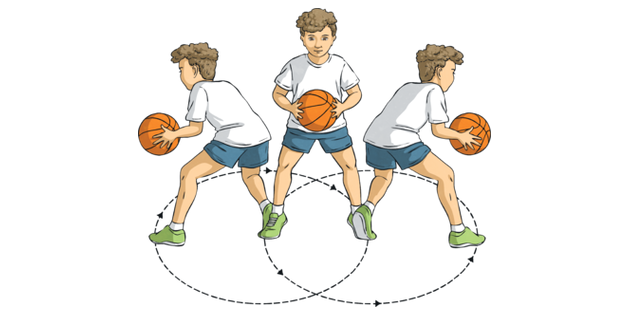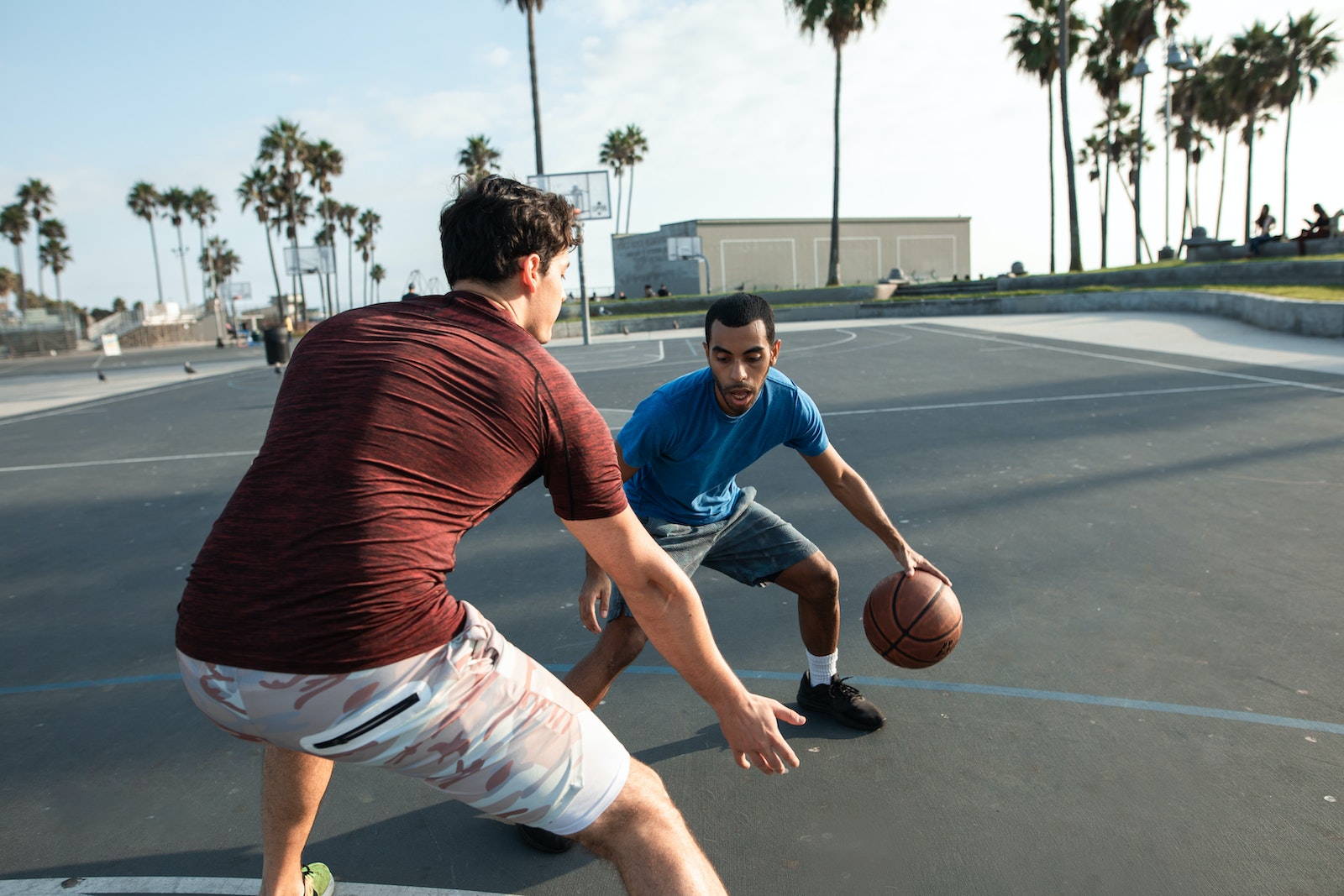Introduction
The rules of traveling in basketball can be confusing to some. After all, the variations of this rule can make it seem that way with things such as the hop step, the gather, and pivoting. That last one is where an intriguing question arises, and it’s what we are going to be looking into here. Can you step out of a pivot in basketball?
While you are able to pivot all that you want in one motion, you are not able to simply stop pivoting and walk in any direction. However, there is an exception to this. If you receive a pass or pick up a loose ball, you are able to pivot in any direction. When you do so, you can continue moving at will. This becomes a violation when you are already moving, then stop to pivot, and then attempt to move again. It might seem confusing, though it becomes very easy to understand when you’re actually playing.
These little variations in the rules always seem to fly under the radar. Many people can easily get caught up with them and set themselves or their teams back because of it.
Stopping Immediately
When you first receive a pass or come down with the ball in any way, you can pivot. According to the standard rules of basketball, you are allowed to pivot and shift around as long as you haven’t begun your dribble yet. Although, it should be noted that you can only pivot with one foot. Changing your pivot foot in any way, either before or after your dribble, will be a violation. If you plan to pivot, you can do so immediately when you get it.
In the NBA, you will actually see players pivot one foot quite often after they receive a pass. If they are given the ball and want to scan their surroundings, they can pivot and get a better look around, a better angle to shoot, an easier method to turn and start dribbling, and the best lane to pass. You can also see them pivot after they drive down the lane and come to a stop, but you don’t see them continue to keep on moving past that.
Moving First
If you receive the basketball and aren’t happy with your position, then you can easily move first. Afterwards, you can still find a spot to stop and pivot around. A fairly often use of this pivot in the NBA is when a player drives into the paint. There are instances when a defender closes off their lane to the basket and causes them to fall into uncomfortable situations in close contact with other players attempting to steal the ball. This is when they can pivot around to try and kick the basketball out to another teammate, or just pivot the other direction and try to get a decent shot off at the rim.

It’s more often that a player needs to pivot after moving, rather than just pivoting immediately and not doing so for the remainder of the possession. The reason is because most players at a professional level are coached to make decisions quickly. A good example of this is the Phoenix Suns in the NBA. Their former head coach Monty Williams instilled a 0.5-second rule in their offense, which meant that he expected them to make decisions with the basketball within 0.5 of receiving a pass. It sped their offense up further than many other teams and made them one of the best offenses in the league by the end of the year. This rule is just one example of what quick thinking and movement can do. So, moving quickly and then pivoting after finding a different spot can be beneficial.
No Lifting The Pivot Foot
One thing that is an absolute certainty in any level of basketball is the fact that you can’t lift your pivot foot in any way if you are at a stop. If you receive a pass and are standing still, the only time that you can lift your pivot foot is if you plan to start moving in a direction. There’s no way that you can simply choose that you want to switch feet and do so without the referees catching onto that and whistling you for a violation.
If you start moving and pick a spot to stop, you still can’t move or change your pivot foot. That foot can’t be lifted or alternated from its spot once you come to a stop. Most of the time, referees are trained to stare down at your feet in order to make sure you don’t move that pivot from its original spot. Of course, NBA referees have comically missed some of these movements, but that doesn’t mean it isn’t an infraction.
Pivoting Is Crucial To Performance
Over the years, pivoting in basketball has become a crucial part of the game. Whether you are on offense or defense, you will likely have to pivot or turn in a direction at some point. While there are many limitations to how and when you can pivot in the rulebook, it’s best to learn and develop that skill rather than avoid it completely. In fact, there’s a significant chance that you will instinctively learn to pivot cleanly by just playing the game long enough.
At the end of the day, pivoting around in any area of the floor will likely make you better as an overall player as well as provide new opportunities for you.
If Lifted, Pivot Foot Can’t Land
We talked earlier about how you can’t lift the pivot foot. Well, technically you are able to. The problem is that you can’t have the ball in your possession after doing so. The only way that you will be able to accomplish this without straight up giving the ball to the other team, is to either pass to a teammate or shoot it.
Those seem easy but certainly aren’t when you have one or multiple defenders all over you trying to get the basketball for themselves. At least now you know that there are possibilities to get up into the air without picking up a violation. Though if you land with the ball still in your hands, it immediately becomes a traveling call.
